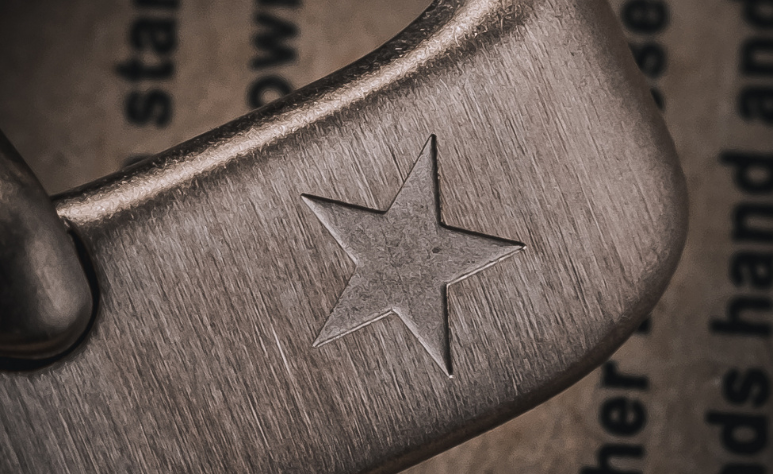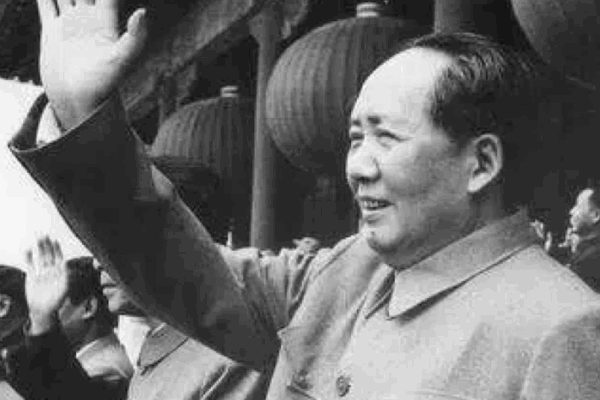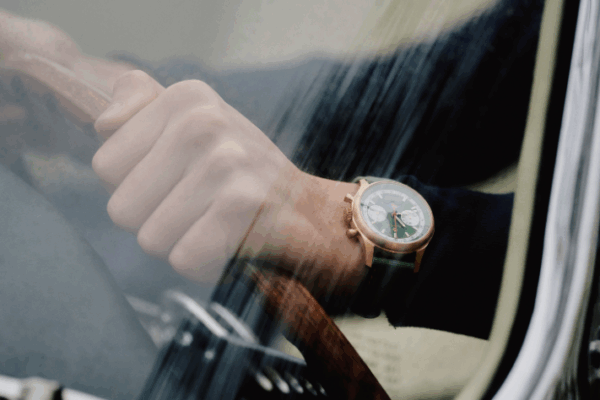Revolutions are often remembered through photographs, speeches, and flags—but sometimes, the most enduring witnesses are mechanical. A wristwatch doesn’t shout slogans or carry rifles, but it stays close, ticking through chaos, countdowns, and change.
In this piece, we explore the role of watches during political revolutions. Some were issued by governments, others smuggled through checkpoints. But all of them shared one thing: they kept time during times that changed everything.
1. Vietnam War and the GI Watches
During the Vietnam War, American soldiers were often issued field watches—robust, simple, and legible under pressure. Brands like Benrus and Hamilton produced watches with hacking seconds (for synchronization) and 24-hour markings.
These watches now tell more than just the time—they tell stories of jungle patrols, brotherhood, and survival. Today, original Vietnam-era watches are sought after by both veterans and collectors, worn as emblems of personal history.
2. The Cuban Revolution and Soviet Influence
In post-revolution Cuba, Soviet watches flooded the market. Poljot and Raketa models became standard issue for military officers and government officials. Though Cuba never developed a watch industry of its own, its alignment with the USSR ensured that Russian horology played a part in its revolutionary story.
For some Cubans, owning a mechanical watch was a mark of trust and position within the regime. These timepieces, often passed down within families, carry silent tales of loyalty and political life.
3. The Chinese Cultural Revolution: Watches as Gifts of the Party
During China’s Cultural Revolution (1966–1976), watches became symbols of political status. A mechanical wristwatch, bicycle, and sewing machine were the “Three Big Things” every household aspired to own.
Gifting a watch—especially to a soldier or factory worker—was not just generous, it was ideological. It meant time spent serving the revolution, marked by a Party-approved machine on the wrist.
Certain Chinese watches from this period even bore slogans like “Serve the People,” turning them into wearable propaganda pieces with ticking hearts.
4. The Fall of the Berlin Wall and East German Timepieces
As East Germany dissolved, so did GUB. Yet many citizens held on to their watches—not out of nostalgia, but because they worked. In the final days of the GDR, watches were among the few state-made items still appreciated for their quality.
When the Wall fell, many of these watches crossed borders for the first time, becoming cultural ambassadors of a nation that no longer existed.
Conclusion: Timelines in Timepieces
Watches are often seen as luxury or fashion, but in times of revolution, they become more than objects. They are timestamps. They hold the quiet dignity of ordinary people living through extraordinary change.
Here at Historywatches, we believe that every revolution leaves behind more than just monuments—it leaves behind moments. And sometimes, those moments tick on the wrist.






